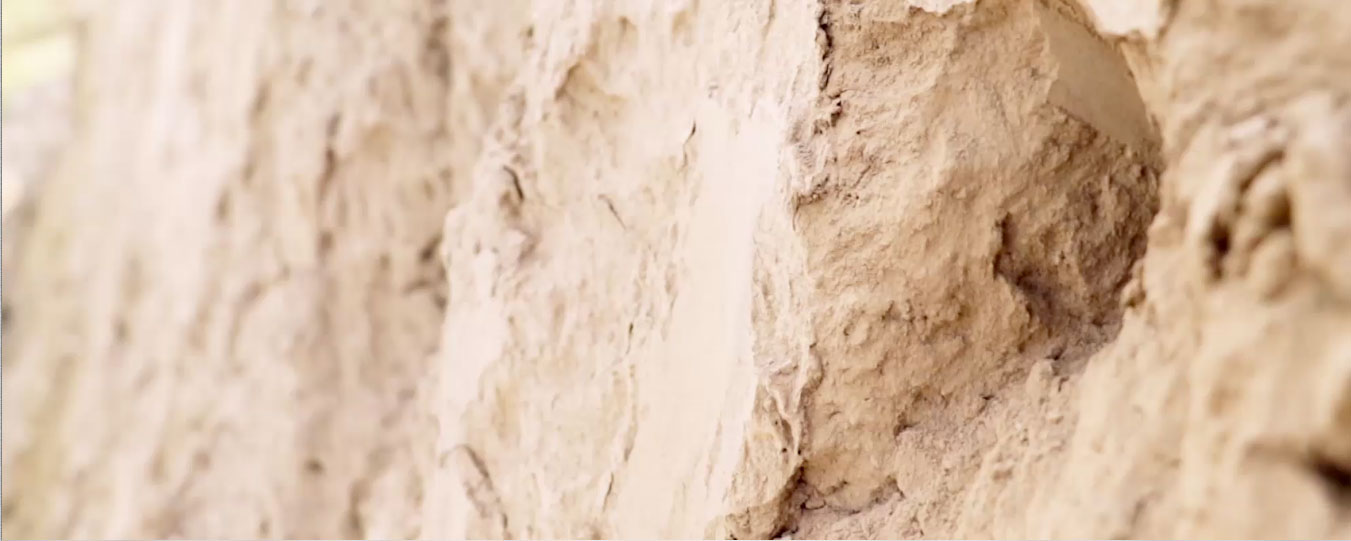- Climate change and paleoclimate studies
- Renewable energy sources
- Environmental impacts of resource extraction
- Supply chains and sustainable development. Responsible use of resources: water, soil, oil, minerals
- Environmental monitoring through remote sensing, applied geophysics and geochemistry
- Geoscience education
Sustainable development is a key factor in the future success of industries in Ecuador. Research along these lines will help ensure that the country better understands current climate change scenarios and can prepare accordingly. Understanding past climate change is necessary for such an effort. Furthermore, responsible and sustainable mining will likely be a cornerstone of Ecuador’s economy and therefore the school will contribute to this field; improving understanding of how to develop responsible mining while protecting Ecuador’s other natural resources (water, air, soil, and biodiversity). Energy resources, both renewable and non-renewable, require more research and monitoring efforts. Additional work will be done to share this knowledge with local communities, industry, government stakeholders.
- Tectonics, earthquakes and faults
- Volcanic processes
- Floods and extreme weather events
- Climate change, sea level variations and coastal processes
- landslides and landslides
- Education and reduction of natural risks in the community
Natural hazards and risks represent a threat to the security of both people and economic assets in Ecuador. The country suffers the effects and consequences of earthquakes, volcanic eruptions, floods and landslides, among others. Research along these lines will help provide a better insight and understanding of the hazards themselves, which is the first step in preparing government authorities, communities, and the general public to avoid, reduce, or mitigate damage from these events. Communication and education of the communities at risk, in conjunction with the government and other groups, will increase the impact of these lines of research.
- Mining
- Minerals
- Petroleum
- Water resources
- Geothermal and solar energy
- Floors
- Heritage / Archeology
- Geoscience education
Ecuador has a large number of resources, ranging from energy (oil, solar radiation, hydroelectric power, geothermal energy), raw materials (minerals, agriculture, water), to its people (thousands of years of cultural history, artifacts, culture current and ancestral knowledge). Research in this line will focus primarily on exploring resources and understanding the systems where these resources are formed and stored. A wide range of tools can be used for this, under the umbrellas of geology, petrography, geophysics, geochemistry, hydrology and remote sensing.
- Sedimentology
- Stratigraphy
- Mapping and structural analysis
- Paleontology
- Analysis of sedimentary basins
The foundation of all applied research in geology is a solid understanding of the geological settings, geodynamics, and geological history of a region. This line of research encompasses the fundamentals of geology, which help determine the types of rocks and deposits found in different areas, as well as the conditions in which they were deposited and how they were modified over time by geological forces.
- Applied geophysics and near-surface characterizations
- Lithospheric studies
- Geodynamics
- Earthquake seismology
- Geophysics of volcanoes
The study and characterization of the subsurface, both shallow and deep, has a wide variety of applications, including fault mapping, groundwater and soil mapping, minerals, and cultural artifacts. Tools for this can include seismic, gravity, electrical resistivity, ground penetrating radar, and magnetometry. Other research topics involve the deeper structure of the earth, such as the structure of the subduction zone, and can be studied using alternative seismic methods, paleomagnetism, and gravity data. Geodynamics involves computational modeling to better understand the driving forces of plate tectonics, and earthquakes, a manifestation of plate tectonics, and built-up stresses will also be studied. Volcanic systems can be imaged using seismic techniques, current activity monitored using small earthquakes and signals generated by fluid motion, and their evolution mapped using paleomagnetism.
- Environmental geochemistry
- Volcanic emissions
- Aqueous geochemistry
- Geochemistry of isotopes
- Geochronology
In an environmental context, geochemistry provides the means to understand fluid movement, map contaminants or tracers, and monitor changes over time. It also provides an important method for understanding volcanic systems, both past and current activity. Finally, geochemistry and isotope geochronology provide the tools to quantitatively compare and link samples and systems.

